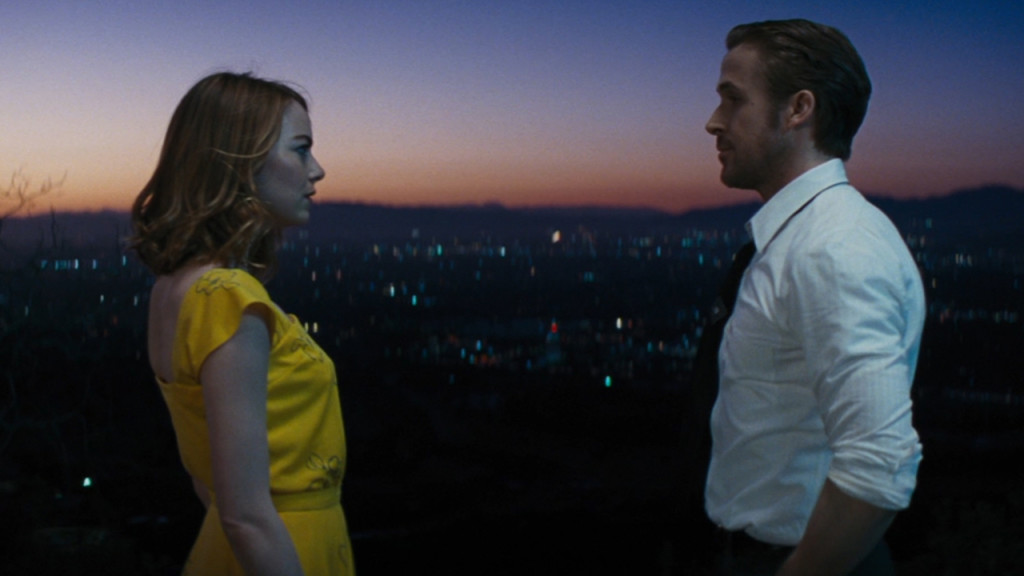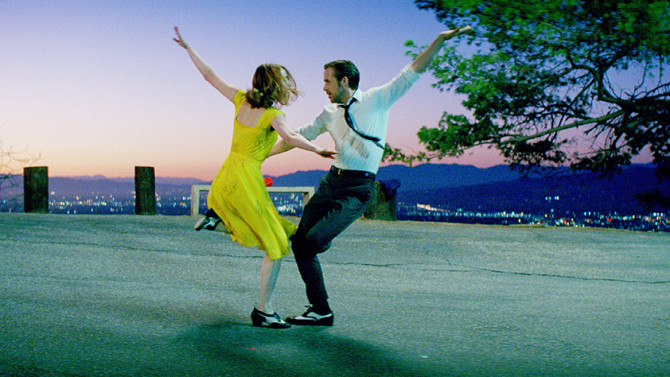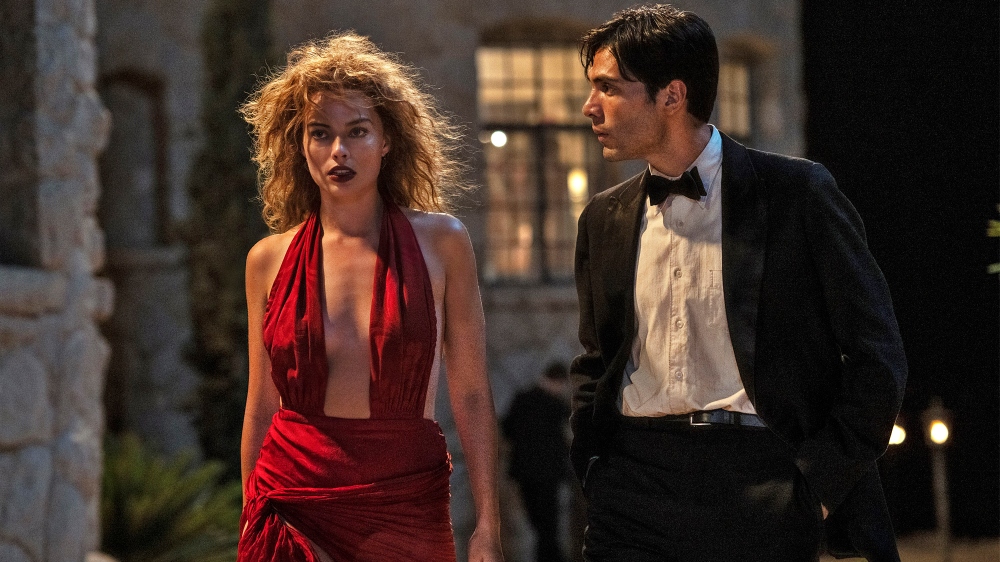
Babylon is a whole lot of movie. More movie than you’re expecting. And maybe more movie than you want.
Writer-director Damien Chazelle (La La Land, Whiplash) has delivered a kinetic and kaleidoscopic showbiz epic of over three hours, which is visually stunning, ever entertaining and sometimes shocking. Now, is it a good movie?
Set beginning in 1926, Babylon traces Hollywood’s transition from silent film to the talkies by tracing the stories of a mega-movie star Jack Conrad (Brad Pitt), the ambitious starlet Nelly LaRoy (Margot Robbie), the African-American trumpet prodigy Stanley Palmer (Jovan Adebo) and the sultry Chinese entertainer-by-night Lady Fay Zhu (Li Jun Li). The audience largely experiences Babylon from the point of view of Manny Torres (Diego Calva), a Mexican household gofer whose abilities as a fixer propel him up the movie studio ladder. Chazelle’s view of Hollywood is as a human-crunching pool of toxicity, that a person must leave to survive with any decency or happiness.
This is also a Hollywood of unsurpassed debauchery and hedonism, which we taste right away in a movie mogul’s house party with lots of bare-breasted women and naked people engaging in sex, kinky sex, and perverted sex. The scene is clearly inspired by Ceil B. DeMille’s orgy scene in the silent The Ten Commandments, which seems quaint in comparison. This scene could have been imagined by Federico Fellini on speed and Hugh Hefner on acid.
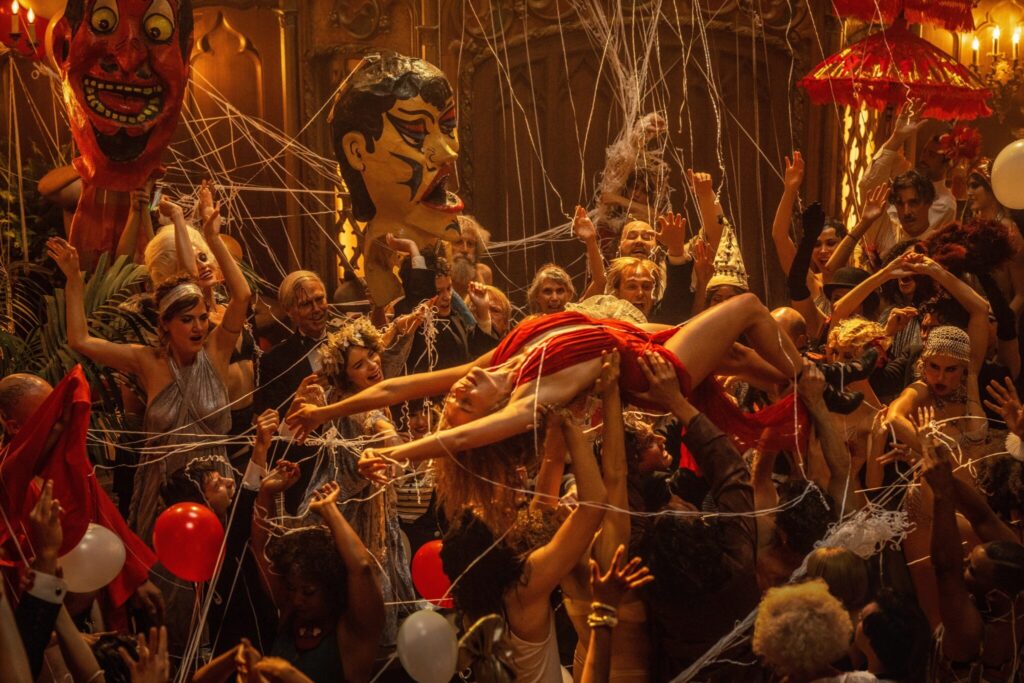
“Wanton excess” is inadequate to describe this party scene and much of Babylon. Like the guitarist in This Is Spinal Tap, Chazelle has set his amp to eleven. There’s so much eye candy here that Babylon will cause Baz Luhrman to feel bad about himself.
This is also the most scatological mainstream movie that I’ve seen. There’s projectile diarrhea (from an elephant), projectile vomit (from a person on a person) and urination (both from a woman onto a titillated man and from a man onto himself).
Back to the story. Chazelle shows us the Silent Era Hollywood studios with wall-to-wall outdoor movie sets, simultaneously grinding out comedies, romances and westerns. We see a cast of thousands in a medieval battle epic, and the transition to sound during the period when the technical challenges were so excruciatingly unforgiving that the sound men briefly usurped the control from the directors. Babylon’s characters are thinly-disguised recreations of John Gilbert, Clara Bow, Fatty Arbuckle, Anna May Wong, Erich von Stroheim and Louella Parsons, with some real life figures like Irving Thalberg.
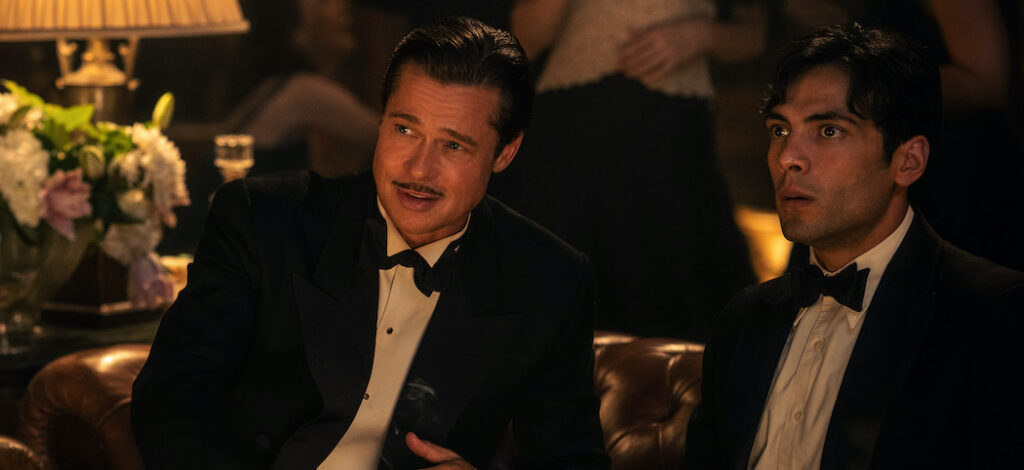
If you’re going to cast an actor to play a movie star from the classic era, you’re not going to cast Johnny Depp, Tom Hanks, Tom Cruise, Robert Downey Jr. or Bradley Cooper. Just cast Brad Pitt and you’re most of way there in your storytelling – Pitt’s handsome looks are just weathered enough, and he exudes physicality, confidence and insouciance. If you want a Douglas Fairbanks or Clark Gable type – he’s your guy. And, yes, he is perfect in this film.
Likewise, Jean Smart is your gal for a cleareyed, devastating truthteller. Her character’s matter-of-fact Bad News Good News assessment of Jack Conrad’s career may be the distillation of Chazelle’s core message, if there is one. It’s the most compelling speech in Babylon.
I’ve seen actors throw themselves into Wild Child performances, but none with as much abandon as Margot Robbie. It’s a fearless, over-the-top and singular performance. Unfortunately, Chazelle’s Nelly is two-dimensional. There’s not much there except her insatiable grasping for fame and drugs, but Robbie does wring out every ounce of humanity.
This a well-acted film. Other notable pedal-to-the-metal performances:
- Li Jun Li soars with sexy charisma in an underwritten part. I want to see more of her.
- Eric Roberts sparkles as Nelly LaRoy’s venal and opportunistic father, who has reappeared once she is a money machine of a movie star.
- Tobey Maguire’s performance was perfectly described by David Rooney in The Hollywood Reporter as seeking to “out-weird Dean Stockwell in Blue Velvet and Joaquin Phoenix in Joker combined.”
- Sydney Palmer’s trumpet work is downright exciting, I assume that someone other than Jovan Adepo is actually playing the instrument, but I couldn’t determine who from the credits. In any case, Adepo gets props for credible fingering, which is no small thing.
The fine cast also includes Lukas Hass, Patrick Fugit, Samara Weaving, Katharine Waterston, Jeff Garlin, Spike Jonze and, very briefly, Olivia Wilde.
Elements of Babylon are indisputably superb and Oscar-worthy, especially the cinematography by Linus Sangren (Oscar winner for La La Land), the production design by Florencia Martin and the costumes by Mary Zophres (Oscar nominated for True Grit, La La Land and The Ballad of Buster Scruggs).
Is this a good movie? There is an unusually wide range of critical assessments, which average into a a middling 59 score on Metacritic. It’s a gorgeous thrill ride, for sure, but we just don’t care about most of the characters. Some viewers will be just too distracted and exhausted by the freneticism. I think it falls short of being a great movie, but it’s so outrageous and fun to watch that it’s a must see.

